11:40 a.m., 45℉, cloudy with a light drizzle
Many changes can be seen in Salmon Hole compared to my first visit. Seasonal changes were seen along the river and in the path leading to my spot, including changes in vegetation and signs of wildlife. This day was rainy, adding even more juxtaposition between this December day approaching winter and my October visit during the peak of Vermont fall foliage. Trees have mostly completely shed their leaves, with even leaf litter being mostly compacted and out of sight. There seemed to no longer be any dramatic changes in vegetation from the trail leading to the water’s edge and my phenology spot.
On the walk to my spot, the first observation I made was the compacted leaf litter under my feet. During my visit to Salmon Hole in early November, there were so many leaves shedded from trees on the ground that the floor was not visible. The decomposing material was voluminous and colorful, still lively despite the fact that it just fell off a tree. On this visit, the ground was very much visible, as most leaf litter was wet and broken down enough to no longer resemble anything lively. The small stream along the trail that leads to the river was trickling, with almost no flowing water in it. The stream was full of snags that made their way to the depression, slowing down the flow of water even more. I expect this to change as spring approaches and snowmelt and rain increases. Birds could be heard in the trees upon entry into the forest, which I didn’t notice in October. Most life was seen in the saplings, small shrubs, and weeds along the trail’s edge.
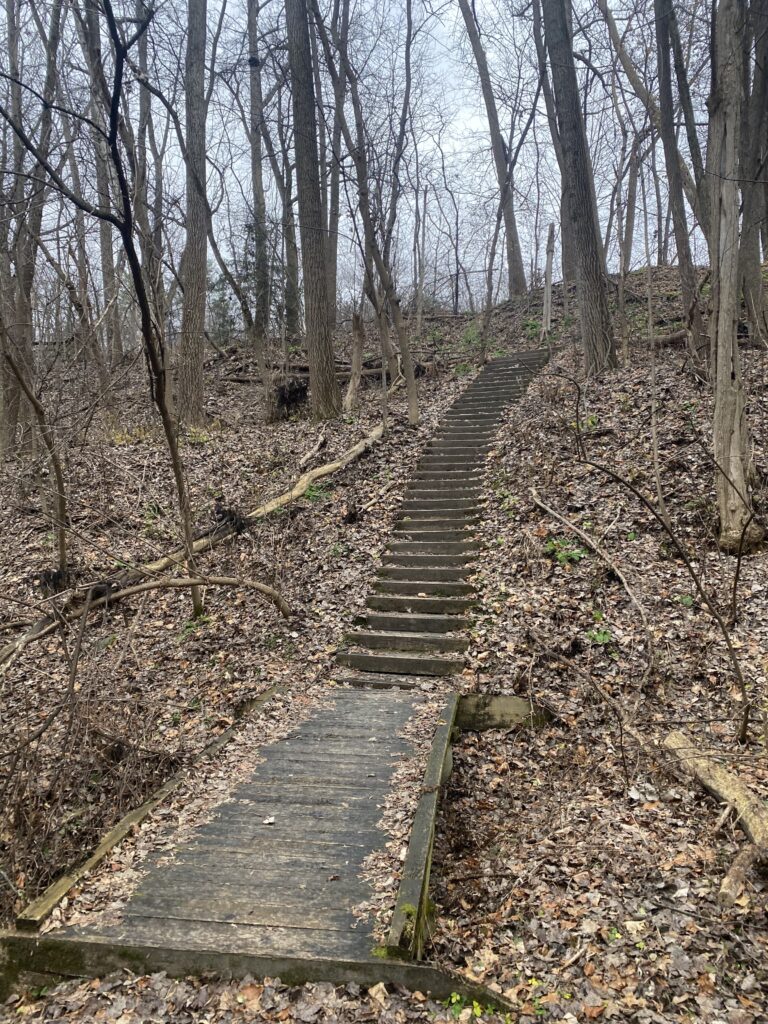
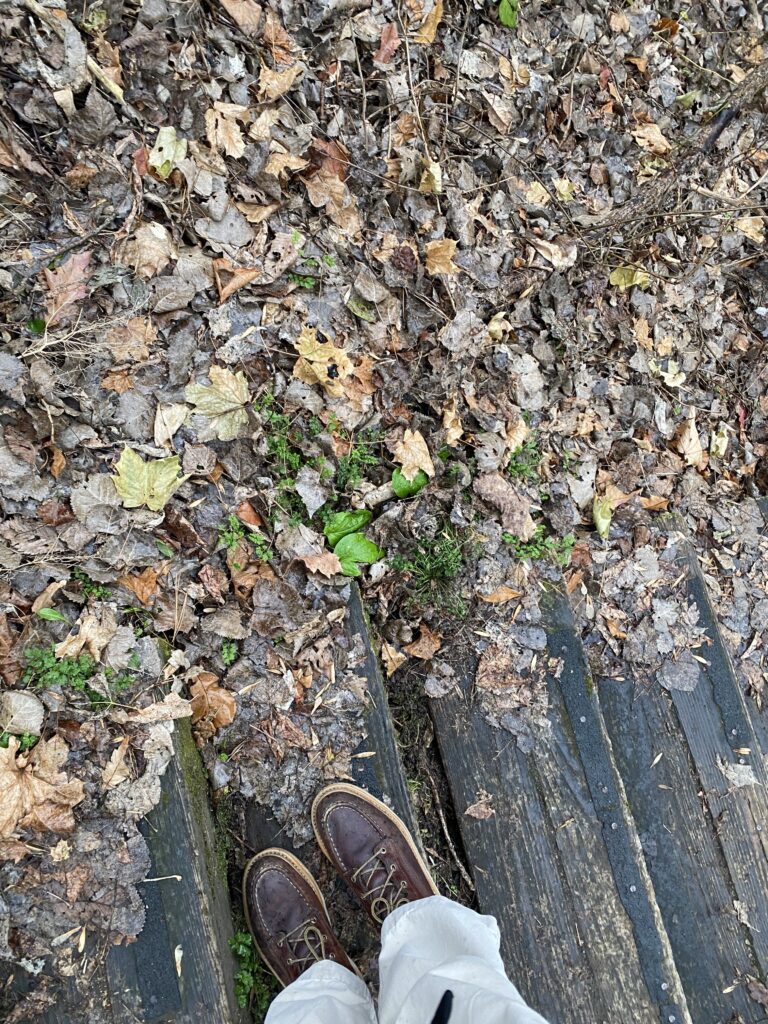
At my spot along the river’s edge, the impacts of the little rain were present. The rocks around me were all slightly wet, but not enough for any runoff to make its way down to the river. Once, again, I expect runoff to increase once spring approaches since the sandstone surrounding Salmon Hole is angled towards the water. The lichen around the flat parts of rock were vibrant in the rain and I believe that this slow drizzle must be ideal for their growth, since water is didn’t seem to be traveling off the rock at all.
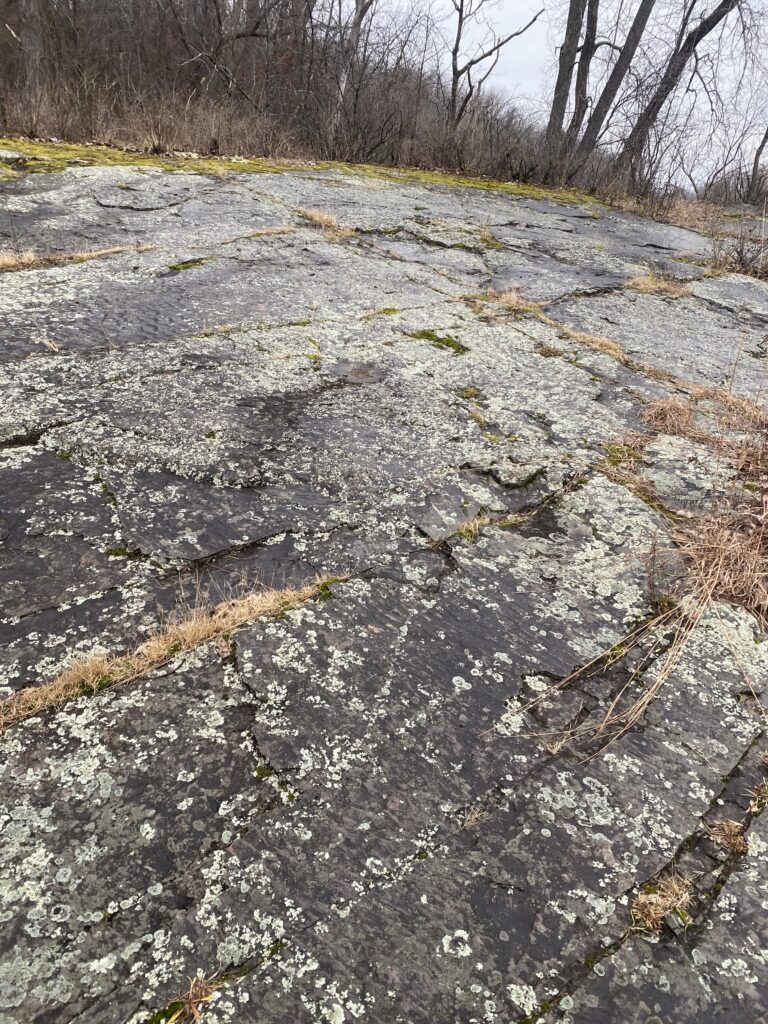
The clay along the water’s edge was fully submerged, erasing any animal tracks that may have been in them previously. It’s fascinating to witness a water level change in response to such little rain. This makes sense for my location since most water from the surrounding city makes its way to this body of water, making even small precipitation events have notable impacts.
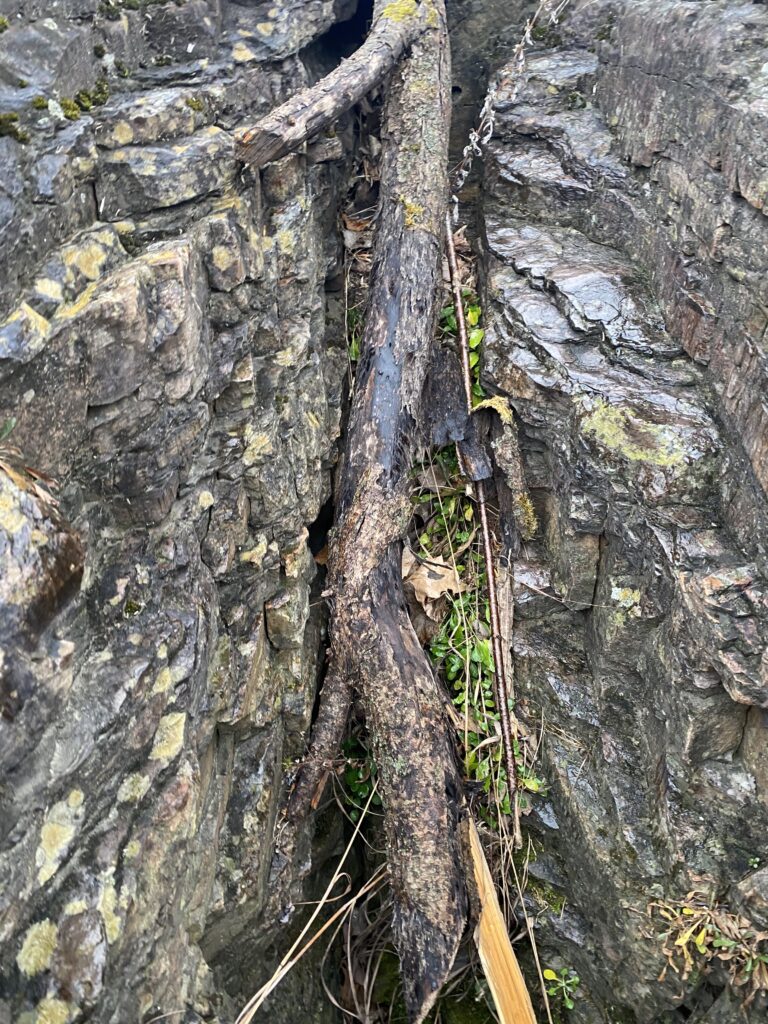
In a visit to my spot in November, large piles of leaf litter floated in the water as stick season approached. With almost every tree in this area having completely lost its leaves already, the water was surprisingly fully empty, with no loose leaves floating in it. Debris from fallen trees was abundant in cracks of rock. These cracks featured the most surviving vegetation, with mosses, small grasses, small shrubs, and some seedlings still alive under this buildup of snags. Although most long grasses along my spot were dead, they were still fully in tact on their rocks. I think this can be explained by the lack of decomposing material around these plants due to their placement on rock preventing them from a faster decomposition process than plants that have died in the forest already. This is just a theory, and I don’t have much scientific backing for it.
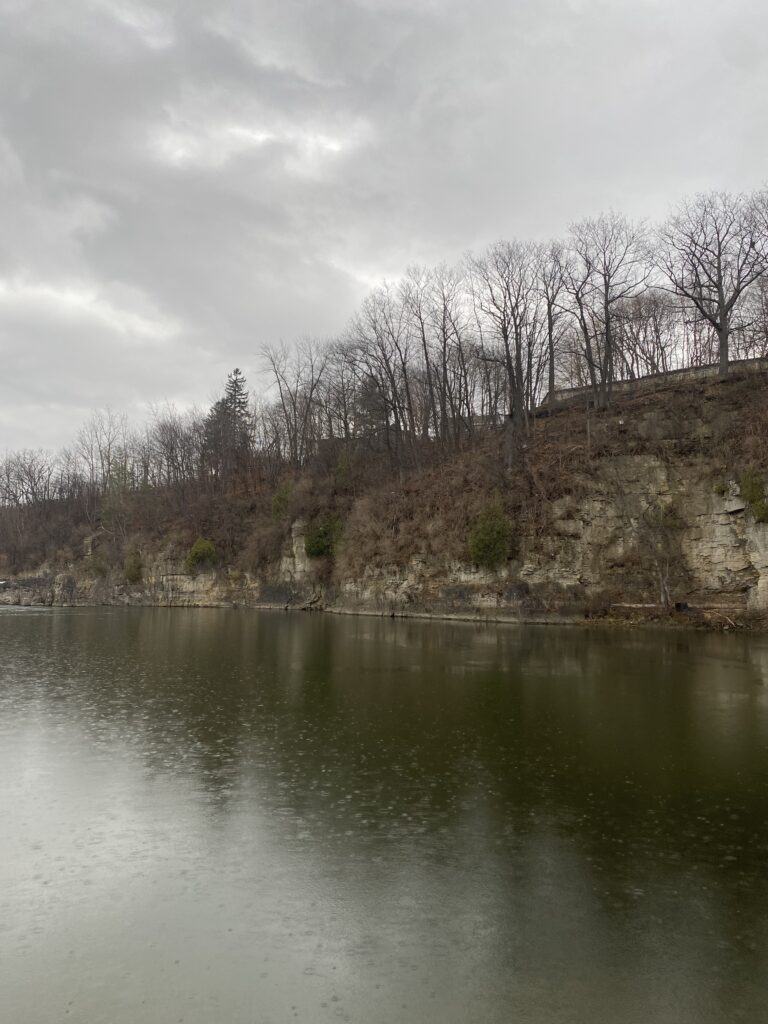

Almost all deciduous trees have lost their leaves in Salmon Hole, but a dogwood tree was still holding on to a few leaves. A Norway maple tree in the understory also held a few leaves, even though they were covered in leaf fungal spots.
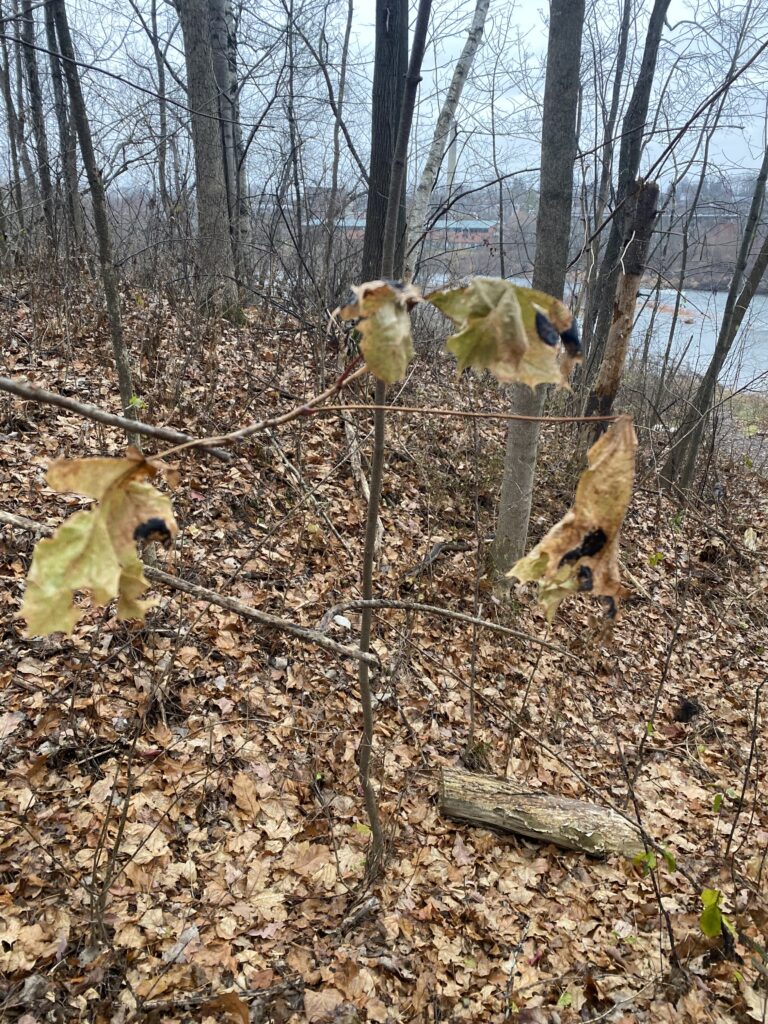
One of my favorite aspects of my phenology spot has been the sandstone around the river. It doesn’t have much phenological value, but I have always loved geology and find these rocks fascinating. The waves in the large rocks far away from the water remind me of how this whole area used to hold a sea, creating patterns in rock from wave movement. I think the geological history of the Winooski River and Salmon Hole is neat and I love putting the geology into the context of the current ecosystem that exists there.